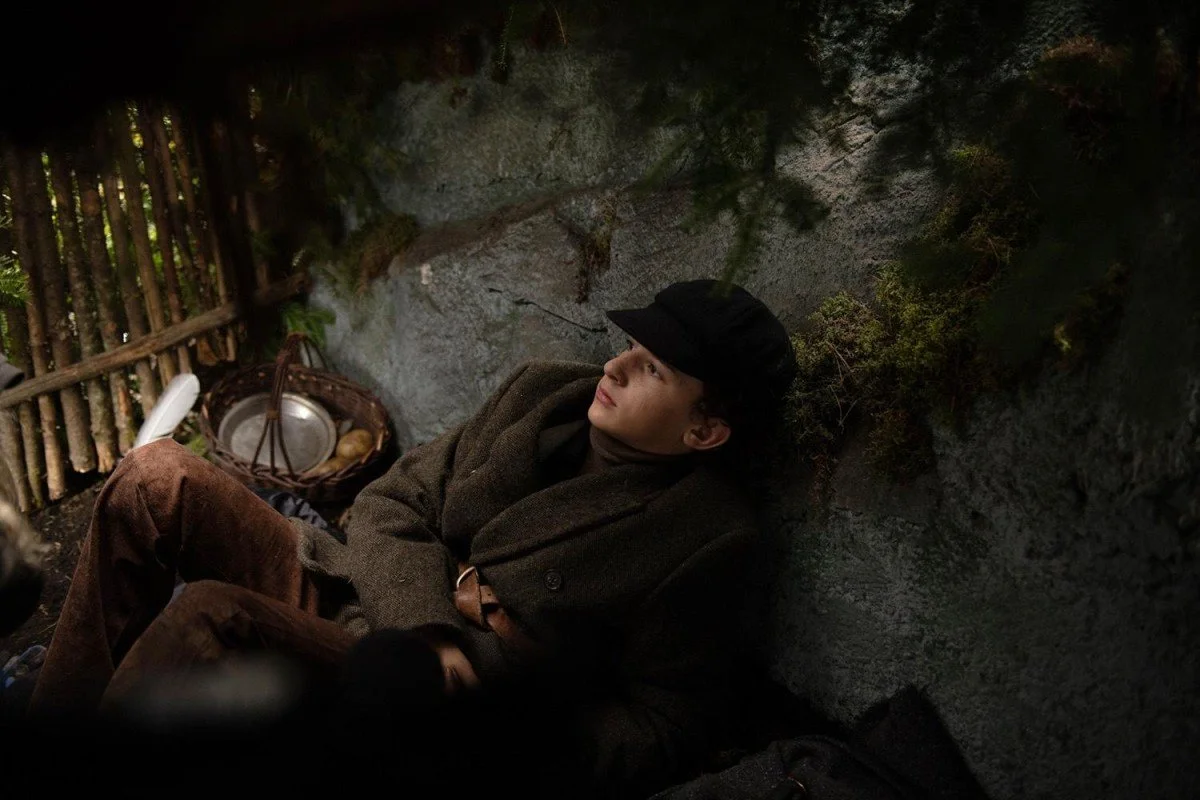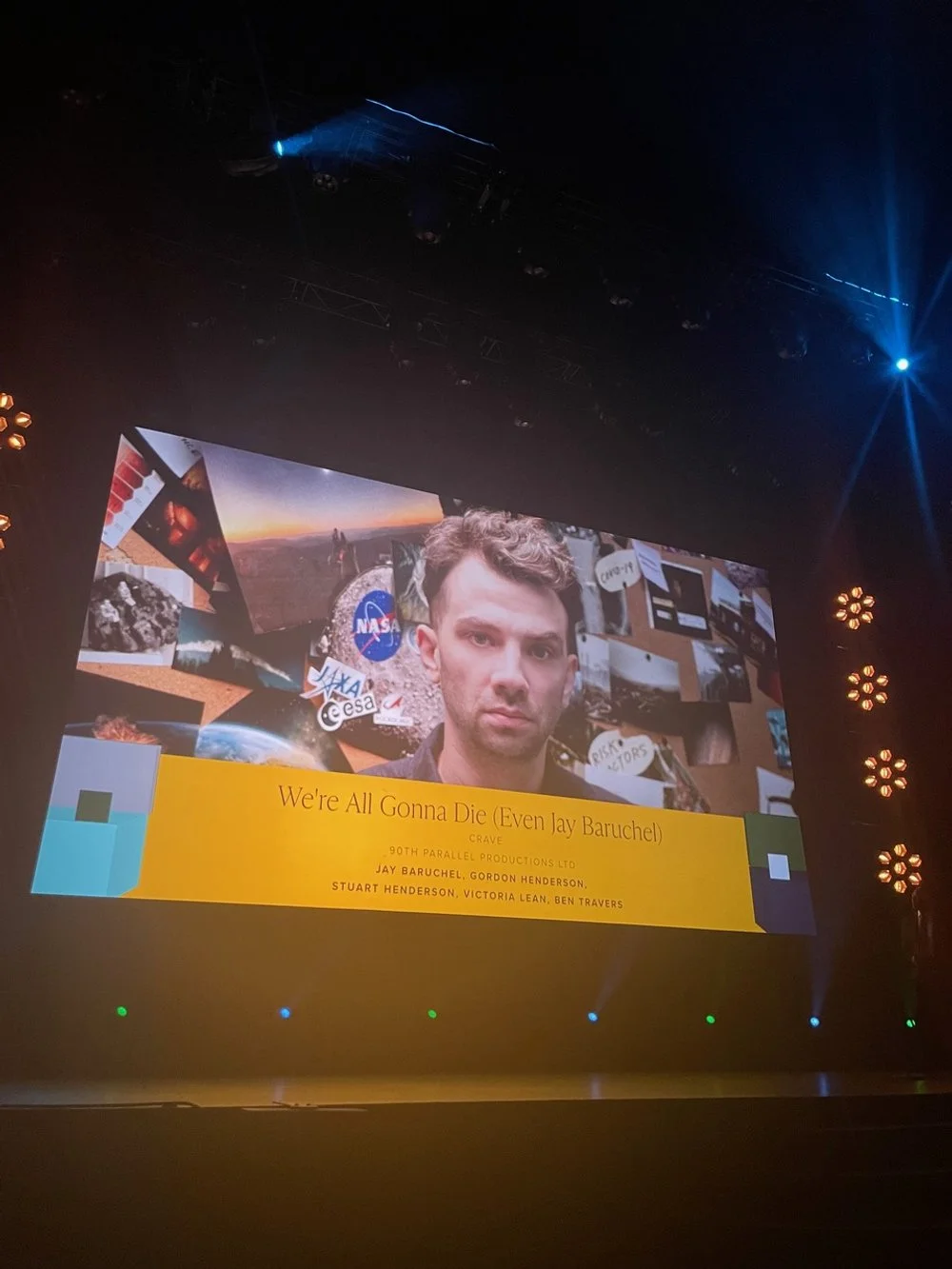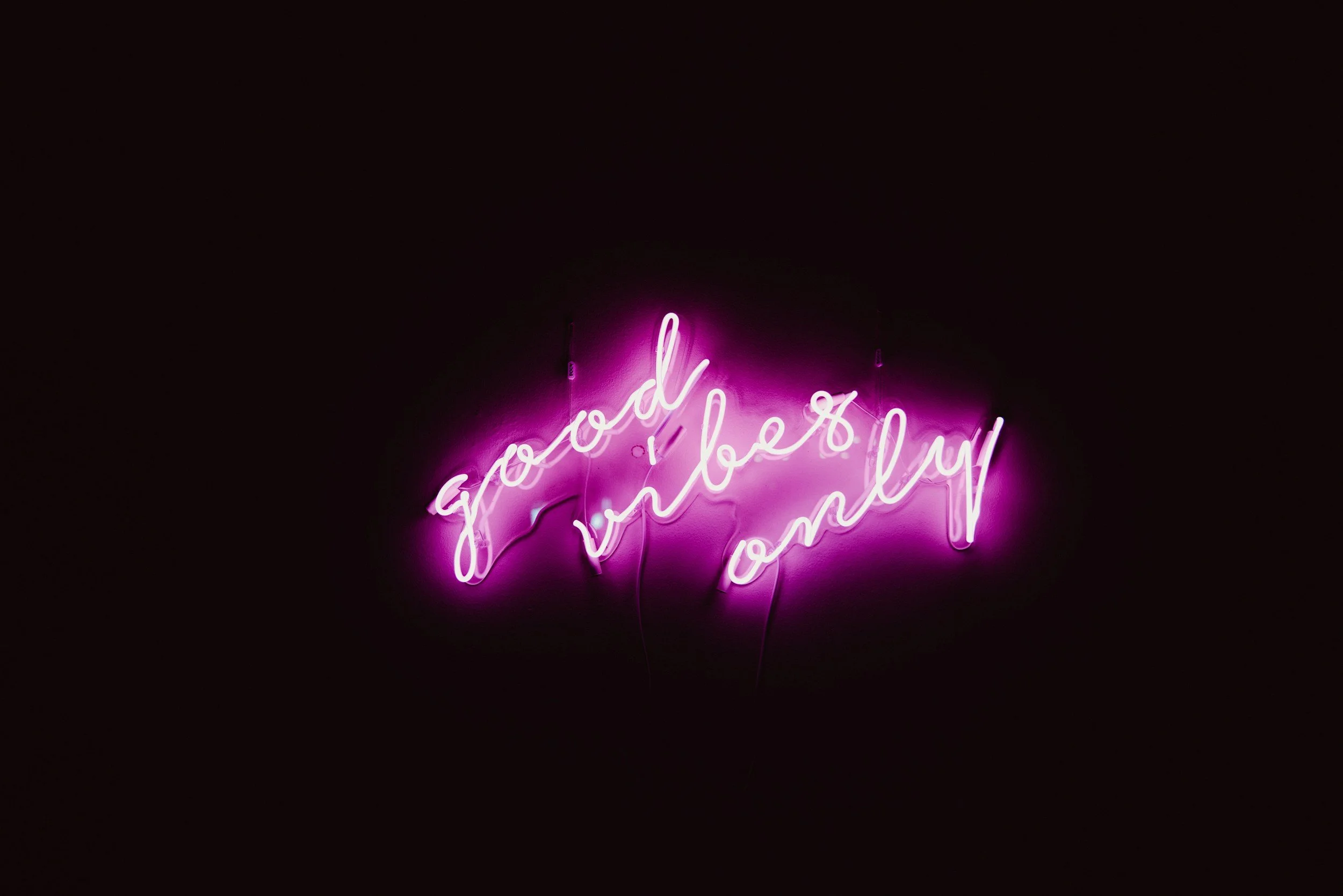There has been a spate of horror remakes in recent years, adding more realistic gore and pointless backstories to films like Nightmare on Elm Street and Halloween. And there have been even more low-budget gore flicks pouring into VOD distributors. They leave my poor heart wanting more.
Selma in Review before the Oscars
I am really excited to share this blog with everyone. I was fortunate to have guest blogger, Alessia Iani (Ba, and MA graduate), contribute this week right before the oscars. She watched Selma in theatres and has written a very in depth analysis below. It sent chills up my spine.
Widescreen Thriller: A Most Violent Year
Let us continue the tradition of using Ted Hope's five criteria when it comes to cinema: what five things do we want from cinema? This past week, I had the privilege to watch A Most Violent Year (2015), starring Oscar Isaac, Jessica Chastain, David Oyelowo, and many others. Written and Directed by J. C. Chandor.
What do WE want from cinema: Inherent Vice
I had a really unique movie going experience last week. At 9:20pm on a Tuesday night, I trekked alone to Cineplex Odeon Varsity Theatres at 55 Bloor Street, Toronto, for a VIP screening of Inherent Vice (2015). Directed by Paul Thomas Anderson, adapted by Thomas Pynchon's novel, this is by far one of the most interesting films I have got to see this year.









